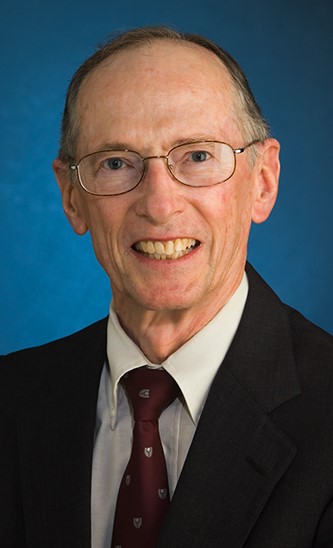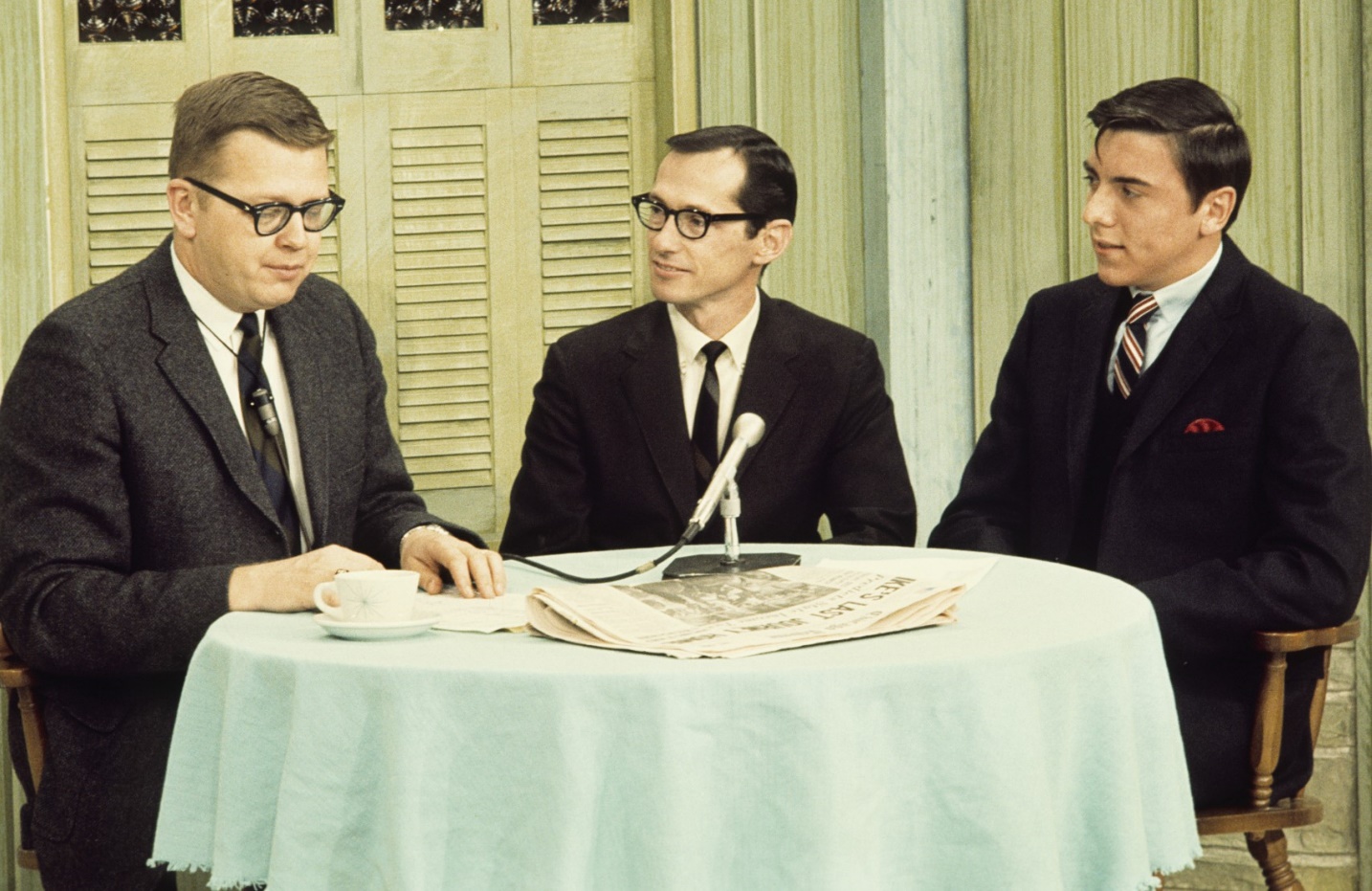 Dr. Jim Evans (Honorary Member, Philo, IL) joined NAFB in 1954. “My connections with farm broadcasting trace back to 1951 when I was an agricultural journalism sophomore at Iowa State College. R. C. (Cap) Bentley, director of market reporting at the college radio station, WOI, employed me as a part-time assistant. Fellow student Roy Reiman and I helped gather and report market news. A year later, I began to gain experience in farm television broadcasting as student assistant with Craighton Knau on WOI-TV until my graduation in 1954.” During those college years, Jim worked at Thanksgiving time in the press room of the International Livestock Exposition in Chicago.
Dr. Jim Evans (Honorary Member, Philo, IL) joined NAFB in 1954. “My connections with farm broadcasting trace back to 1951 when I was an agricultural journalism sophomore at Iowa State College. R. C. (Cap) Bentley, director of market reporting at the college radio station, WOI, employed me as a part-time assistant. Fellow student Roy Reiman and I helped gather and report market news. A year later, I began to gain experience in farm television broadcasting as student assistant with Craighton Knau on WOI-TV until my graduation in 1954.” During those college years, Jim worked at Thanksgiving time in the press room of the International Livestock Exposition in Chicago.
HIS FIRST CONTACT WITH NAFB – “Cap alerted me to the radio farm directors annual meeting which took place in Chicago at that same time, along with the National 4-H Congress. So my first contact with NAFB occurred during late 1952 when I spent a Sunday afternoon with farm broadcasters in the Towers of the Conrad Hilton Hotel. It opened my eyes to a lively, welcoming group of professionals and helped confirm my career interest in farm broadcasting.” Following graduation, Jim joined Craighton in Green Bay, WI, at WBAY Radio/Television (CBS) as associate farm director. Military duty called him within a year, so Jim spent two years on active duty in the U.S. Air Force. “Then a new chapter in farm broadcasting began in early 1957 when I joined Dix Harper in the agricultural broadcast unit of Aubrey, Finlay, Marley and Hodgson, Inc., Advertising. It was a major agricultural advertising agency in Chicago. Serving the farm equipment division of International Harvester Company and other agricultural clients, we associated with more than 100 radio and television stations throughout the nation,” Jim said. Work with clients alerted him to the need for more understanding of marketing, so in 1960 Jim began a leave of absence to enter the master of business administration program at the University of Chicago. “I still don’t understand how I shifted into agricultural communications teaching. Somehow, word of a new teaching program at the University of Illinois came to my attention as I completed the MBA program. I applied for it, having no teaching experience or education course work. They took a chance on me, and I soon learned how much I enjoyed working with students.” The next 33 years found Jim helping develop that new agricultural communications program and emerging academic field until his retirement in 1995.
HIS WORK WITH STUDENTS – “What pleasure I found in working with students here and across the nation through Agricultural Communicators of Tomorrow (ACT), as well as in keeping close to the agricultural journalism and communications field I love. My association with NAFB has added to that pleasure through career and planning committees, survey projects, professional cooperation and helping students connect with agricultural broadcasting as a career field. I have also valued helping develop a home for NAFB historical records, as well as helping gather, preserve and provide agricultural broadcast literature, globally, in the Agricultural Communications Documentation Center.”
FARM BROADCASTING AND THE FUTURE – “To me, farm broadcasting and the new audio/video platforms being teamed with it – offer valuable lessons for agricultural journalists and communicators today. They reveal how media organizations and innovators adapt across revolutionary changes in agriculture and information  technologies.” Jim toasts the future: “Here’s to creative and valuable contributions during the decades ahead.”
technologies.” Jim toasts the future: “Here’s to creative and valuable contributions during the decades ahead.”
Farm broadcaster Orion Samuelson interviews agricultural communications student Bob Brown (right) and Jim Evans on WGN-TV during 1969/1970. The guests represented a group of University of Illinois students visiting agricultural journalists and communicators in Chicago during a “spring break” field trip.
